ROBOTIC SURGERY
[For prostate and bladder cancer]
A type of minimally invasive (or keyhole) surgery, performed using the da Vinci robotic surgical system.
When performing surgery with the da Vinci robotic surgical system, we use miniaturised surgical instruments that are placed in the abdomen through a series of one to two centimetre incisions. The miniaturised instruments are mounted on three separate robotic arms. Each instrument has seven degrees of freedom, giving the surgeon a wide range of motion and unparalleled precision.
A magnified high-definition 3-D camera, is mounted on a fourth arm, also under the surgeon’s control.
The surgeon controls the surgical instruments and the camera from a control centre, known as a console, which is located in the operating room. From the console, the surgeon can control all four arms of the da Vinci simultaneously.
Every movement the surgeon makes with the master controls is replicated precisely by the robot. In this way, the robotic instruments function as a miniaturised extension of the surgeon’s hands.
The surgeon looks through a stereoscopic high-definition monitor that gives a magnified three dimensional view of the operating site.
Benefits of robotic surgery over traditional laparoscopic (keyhole) or open surgery include:
Smaller incisions and scars.
Better vision for surgeons and other members of the surgical team.
Less post-operative pain.
Less bleeding.
Shorter hospital stay. (usually only one night)
Faster recovery and return to regular activities.
WHY IS ROBOTIC RADICAL PROSTATECTOMY REQUIRED?
RARP is performed to treat prostate cancer.
For men with prostate cancer which is confined to the prostate (localised), the aims of the operation are:
• To cure the cancer.
• To achieve a clear margin away from the cancer.
• To reduce the PSA to an almost undetectable level.
• To minimise the need for further cancer treatment, such as radiation therapy, hormone therapy, or chemotherapy.
• To allow you to regain urinary control (continence) as soon as possible after the operation.
• If appropriate, to preserve the nerves to the penis which allow you to get an erection.
For men with prostate cancer which has spread beyond the prostate (metastatic), the aim of the operation is to control the cancer without curing it.
WHY IS CYSTECTOMY REQUIRED?
Cystectomy is a procedure to completely remove the bladder.
After the bladder is removed, the flow of urine is usually diverted into a segment of bowel which is brought out onto the skin on the abdomen as a stoma. This is known as an ileal conduit.
Cystectomy is usually performed to treat aggressive life-threatening bladder cancer.
Occasionally cystectomy is performed for non-cancerous conditions, for example when the bladder has been severely damaged by interstitial cystitis or radiotherapy.
The benefits for robotic cystectomy are chiefly:
To allow much shorter hospital stay and faster recovery
To reduce post-operative complications

